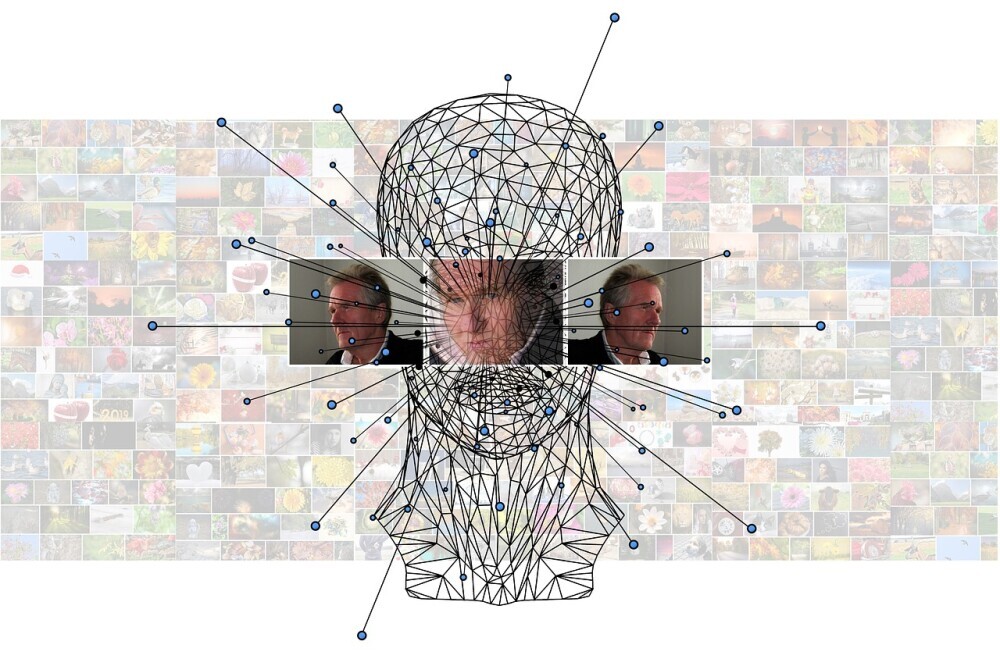
The Role of Machine Learning in Enhancing Project Decision-Making
Modern project management is a complex undertaking, often involving intricate timelines, diverse teams, and fluctuating resources. Navigating this complexity requires effective decision-making, especially when faced with uncertainty. This is where Machine Learning (ML) steps in, offering powerful tools to analyze data, predict outcomes, and ultimately enhance project decision-making. This post explores how ML is revolutionizing the way projects are managed, offering a data-driven approach to navigate uncertainty and improve project success rates.
Check out our AI promotion website here: https://alpusonlineai.com.
Introduction: Navigating Uncertainty in Project Management
Uncertainty is an inherent part of project management.
Highlight the complex nature of modern project management:
Modern projects often involve:
- Multiple stakeholders with varying needs and expectations.
- Complex interdependencies between tasks and resources.
- Dynamic market conditions and technological advancements.
Introduce the role of decision-making under uncertainty:
Project managers constantly face decisions with incomplete information, requiring them to assess risks, evaluate options, and make informed choices despite uncertainty.
Brief overview of machine learning and its potential to revolutionize decision-making:
ML offers a data-driven approach to decision-making by:
- Analyzing large datasets to identify patterns and trends.
- Predicting future outcomes based on historical data.
- Automating repetitive tasks and freeing up human resources for strategic decision-making.
Check out our AI promotion website here: https://alpusonlineai.com.
Understanding Machine Learning: Beyond the Buzz
Understanding the fundamentals of ML is crucial for appreciating its potential.
Explore the fundamentals of machine learning technologies:
ML involves training algorithms on data to enable them to learn patterns and make predictions without explicit programming.
Differentiate between types of machine learning—supervised, unsupervised, and reinforcement learning:
- Supervised learning: The algorithm is trained on labeled data (input-output pairs). Example: Predicting project completion time based on historical data.
- Unsupervised learning: The algorithm is trained on unlabeled data to discover hidden patterns. Example: Identifying clusters of similar projects based on their characteristics.
- Reinforcement learning: The algorithm learns through trial and error by interacting with an environment. Example: Optimizing project schedules by learning from past successes and failures.
Provide real-world examples of machine learning applications:
- Spam filtering: Classifying emails as spam or not spam.
- Image recognition: Identifying objects in images.
- Recommendation systems: Suggesting products or movies based on user preferences.
Check out our AI promotion website here: https://alpusonlineai.com.
Bridging the Gap: How Machine Learning Enhances Decision-Making
ML addresses limitations of traditional decision-making processes.
Discuss the challenges in traditional decision-making processes:
Traditional methods often rely on:
- Intuition and experience, which can be subjective and prone to biases.
- Manual data analysis, which is time-consuming and can be limited in scope.
Examine machine learning’s ability to process and analyze vast amounts of data rapidly:
ML algorithms can process and analyze large datasets much faster and more efficiently than humans, uncovering hidden patterns and insights that would be difficult to identify manually.
Explain how predictive modeling aids in anticipating project risks and opportunities:
Predictive modeling uses ML algorithms to forecast future outcomes, allowing project managers to:
- Identify potential project risks and develop mitigation strategies.
- Anticipate opportunities and make proactive decisions.
Check out our AI promotion website here: https://alpusonlineai.com.
Data-Driven Insights: The Backbone of Smart Decisions
Data is the foundation upon which ML operates.
Focus on the importance of data in machine learning applications:
The quality and quantity of data are crucial for the accuracy and reliability of ML models.
Illustrate how data quality impacts decision accuracy and reliability:
Inaccurate or incomplete data can lead to biased or misleading results.
Introduce concepts such as data mining, pattern recognition, and trend forecasting:
- Data mining: Discovering useful information and patterns from large datasets.
- Pattern recognition: Identifying recurring patterns in data.
- Trend forecasting: Predicting future trends based on historical data.
These techniques, powered by ML, provide valuable insights for project decision-making.
Check out our AI promotion website here: https://alpusonlineai.com.
Ethical Considerations: Balancing Accuracy with Responsibility
Ethical considerations are essential when using ML for decision-making.
Delve into ethical concerns surrounding machine learning in decision-making:
Key ethical concerns include:
- Bias in algorithms: ML models can inherit biases from the data they are trained on.
- Lack of transparency: It can be difficult to understand how some ML models arrive at their conclusions.
- Data privacy and security: Protecting sensitive project data is crucial.
Discuss the importance of transparency and accountability in ML algorithms:
Transparency and accountability are essential for building trust in ML systems.
Address privacy, bias, and security issues and ways to mitigate them:
- Use diverse and representative data to train ML models.
- Implement bias detection and mitigation techniques.
- Implement strong data security measures.
Check out our AI promotion website here: https://alpusonlineai.com.
Future Prospects: The Evolution of Project Management with Machine Learning
ML will continue to shape the future of project management.
Predict emerging ML trends in project management:
- Increased use of deep learning for more complex predictions.
- Integration of ML with other technologies, such as IoT and blockchain.
- Development of more explainable and transparent ML models.
Explore hybrid models combining human expertise with machine analysis:
The most effective approach will likely involve a hybrid model that combines the strengths of both humans and machines.
Discuss the potential for continuous learning and improvement in ML systems:
ML models can continuously learn and improve their accuracy over time as more data becomes available. This allows for ongoing optimization of project decision-making.
By understanding the capabilities and limitations of ML, project managers can leverage this powerful technology to make more informed decisions, navigate uncertainty, and ultimately improve project success rates. It is important to remember that ML is a tool to augment human capabilities, not replace them. The combination of human expertise and ML analysis is the key to unlocking the full potential of data-driven project management.
Check out our AI promotion website here: https://alpusonlineai.com.
